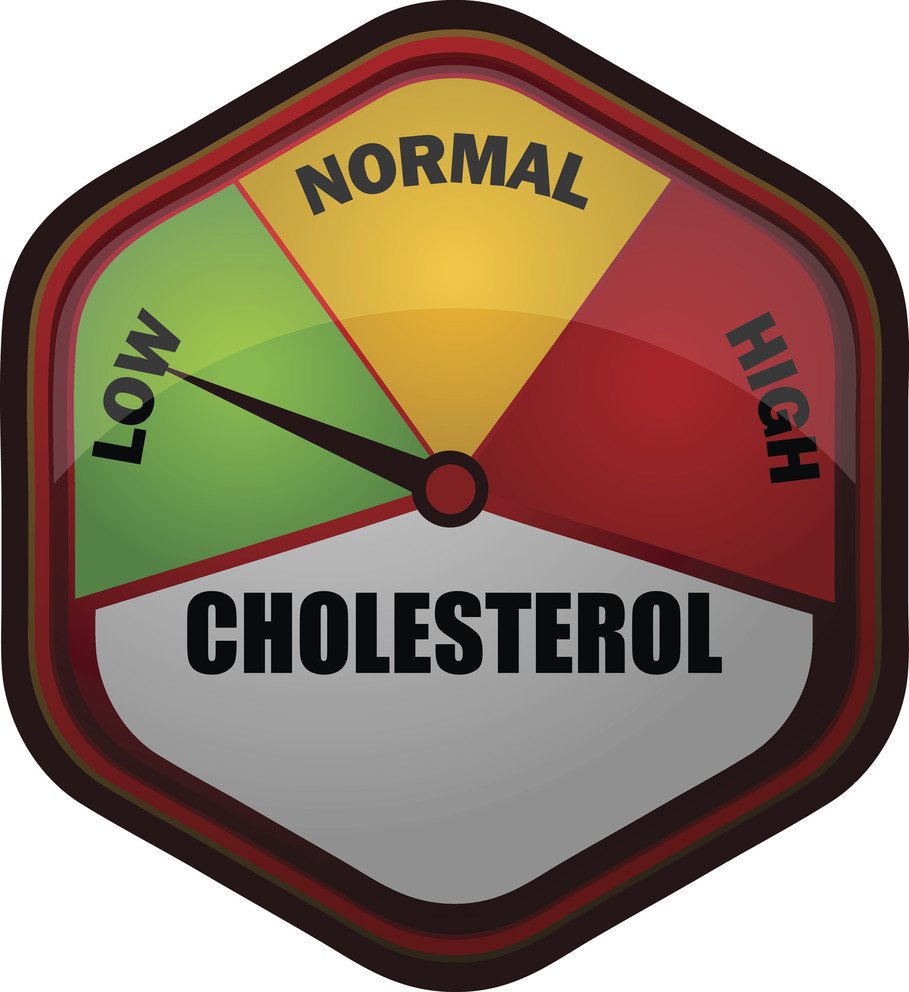With over 2.6 million deaths so far caused by high cholesterol levels, everybody is at risk. High cholesterol increases the risk of heart disease and stroke, but with a healthy lifestyle and a low-cholesterol diet, you can maintain a healthy heart.
Cholesterol is a fat-like substance produced by the liver and some foods we eat. Average cholesterol level is good, it helps in body development.
However, a high level of bad cholesterol (low-density lipoprotein) in the blood causes artery plaque (atherosclerosis), which prevents blood circulation, leading to heart disease and stroke.
Table of Contents
Bad vs good cholesterol
Bad cholesterol includes low-density lipoprotein (LDL) and triglyceride. When there is high LDL in the blood, it gradually forms a block (plague) on the wall of the artery.
This plague prevents the easy flow of blood to the heart, resulting in heart disease.
The LDL normal range for adults and children should be less than 100 mg/dl. (1)
Good cholesterol
Good cholesterol, also called high-density lipoprotein (HDL), is an essential cholesterol that helps in hormone production, and in body development.
They help to clear blocks formed on the arteries by bad cholesterol. The normal HDL for men above 19 years is 40mg/dl or higher, and 50 mg/dl or higher for women above 19 years.
How do I know my cholesterol levels?
As we get older, the cholesterol level increases. This is more common in men than in women. Women’s cholesterol increases after menopause.
The American Heart Association recommends an adult above 19 years, checks his/her cholesterol level every 4- 6 years.
This can be done through a blood test also called a lipoprotein profile. They may ask you not to eat overnight (10-12 hours) before the test if they will take your blood sample with a needle and syringe.
But if the test method is a finger prick test, you can always eat before the test.
During the test, your doctor will check the status of the following
1. Total cholesterol level.
This is the overall cholesterol in the blood, including the good and bad ones. The total cholesterol level should be less than 200 milligrams/deciliter.
2. High-density lipoprotein (HDL) or good cholesterol
This is the good cholesterol that helps in body development. HDL should be above 40 mg/dl in men, and 50 mg/dl in women.
3. Low-density lipoprotein (LDL) or bad cholesterol.
This is the bad cholesterol that causes heart attacks and strokes if they are high in the body.
Your LDL will be
- Perfect if it is less than 100 mg/dl.
- Above normal if it is 100-129 mg/dl.
- Borderline high if it is 130-159 mg/dl.
- High if it is 160-189 mg/dl.
- Very high if it is above189.
4. Triglycerides or very-low-density lipoprotein (VLDL).
These are fats formed from the excess deposits of calories and glucose in the body. The triglyceride level for adults is
- Normal if it is less than 150.
- Borderline high if it is 150-199.
- High if it is 200-499.
- Very high if it is above 499 mg/dl
Factors that increase your triglyceride and cholesterol levels
There are certain factors that can raise your cholesterol levels. Some can be controlled from our diet and lifestyles, others are natural.
Some of the controllable factors are:
Obesity. This increases the level of cholesterol in the blood. Losing weight can help increase your HDL level and also lower your LDL and triglyceride levels.
Diets. Diets with high saturated fats and some foods we eat contribute to a rise in cholesterol levels.
Below are some foods rich in saturated fats
- Red meat
- Dairy products
- Fried and processed foods
Smoking. Smoking affects the lungs and the level of good cholesterol in the blood, this increases the risk of heart disease and stroke.
Lack of exercise. Life with less or no physical activities contributes to heart disease. Regular exercise regulates high blood sugar, excess salt, and bad cholesterol through sweat.
It also regulates body weight, improving the overall HDL in the body.
Age and heredity: Age and heredity are the non-controllable risk factors that increase the cholesterol level.
As you age, your cholesterol level increases. High cholesterol also runs in some people’s genes.
How to lower cholesterol levels
Dangerous cholesterol levels can be reduced either with a change in lifestyle, or medications.
Change in lifestyle includes
- Doing regular exercise.
- Reduce alcohol consumption
- Quitting smoking
- Regulate your body weight
- Manage stress
Therapeutic lifestyle changes (TLC). This is an act of eating only diets with low saturated fats and low cholesterol levels.
It recommends daily consumption of less than 7% calories from saturated fats and less than 200 mg of dietary cholesterol.
The TLC recommends the following diets: whole grains, fruits, fish, vegetables, low-fat diets, lean meat, skinless chicken. TLC also recommended only consuming enough calories to maintain a normal weight and avoid obesity.
We should also add foods like margarine to TLC diets to boost the HDL level.
Which drugs can I use to lower cholesterol levels?
There are so many drugs for lowering cholesterol levels in the blood. The following are some of them.
Statins. This drug prevents the liver from producing cholesterol.
Cholesterol absorption inhibitor. It reduces the amount of cholesterol absorbed from food and lowers the triglyceride level in the blood.
Bile acid sequestrants. This lowers the number of fats absorbed from the foods we eat.
Omega-3 fatty acids. This increases the level of high-density lipoprotein cholesterol in the blood and also lowers the LDL and triglyceride levels in the body.
Vitamin supplements. Some vitamins like niacin stop the liver from removing HDL cholesterol and also lowers triglycerides.
Your doctor will be the one to examine you and choose the right drugs for you.
Source
High Blood Cholesterol: What you need to know
